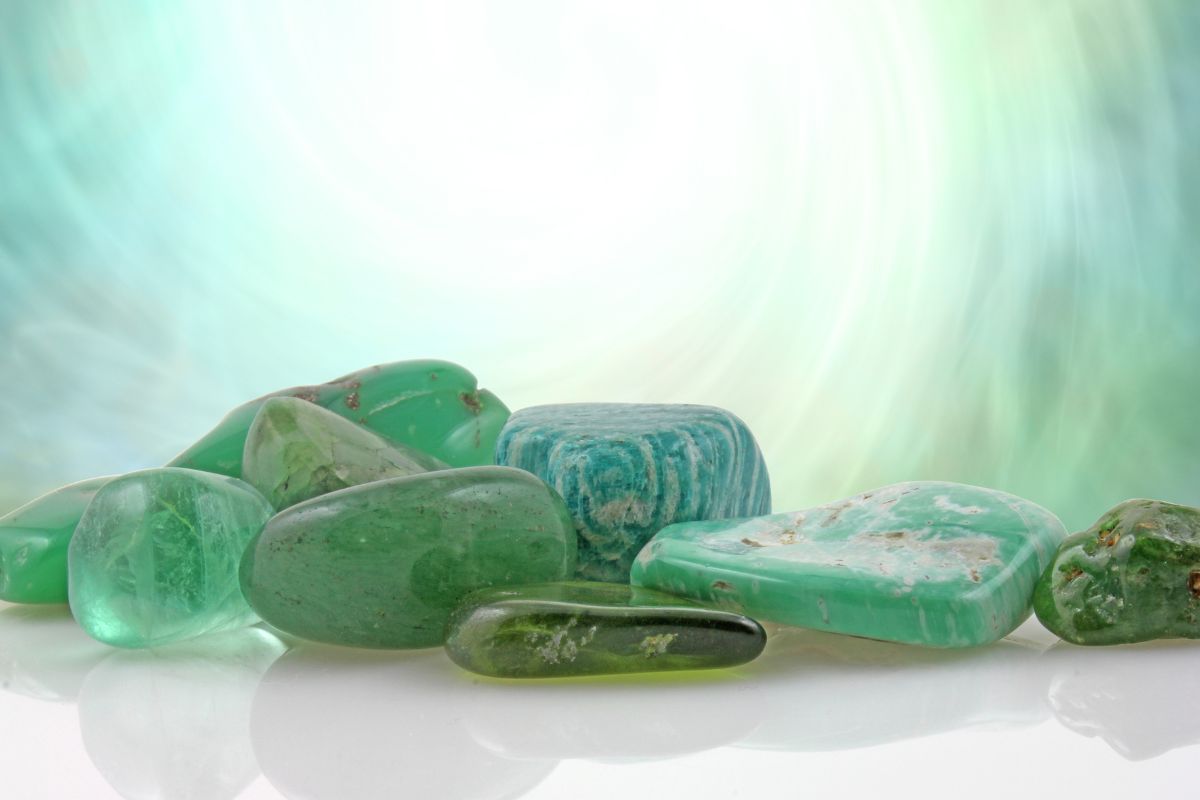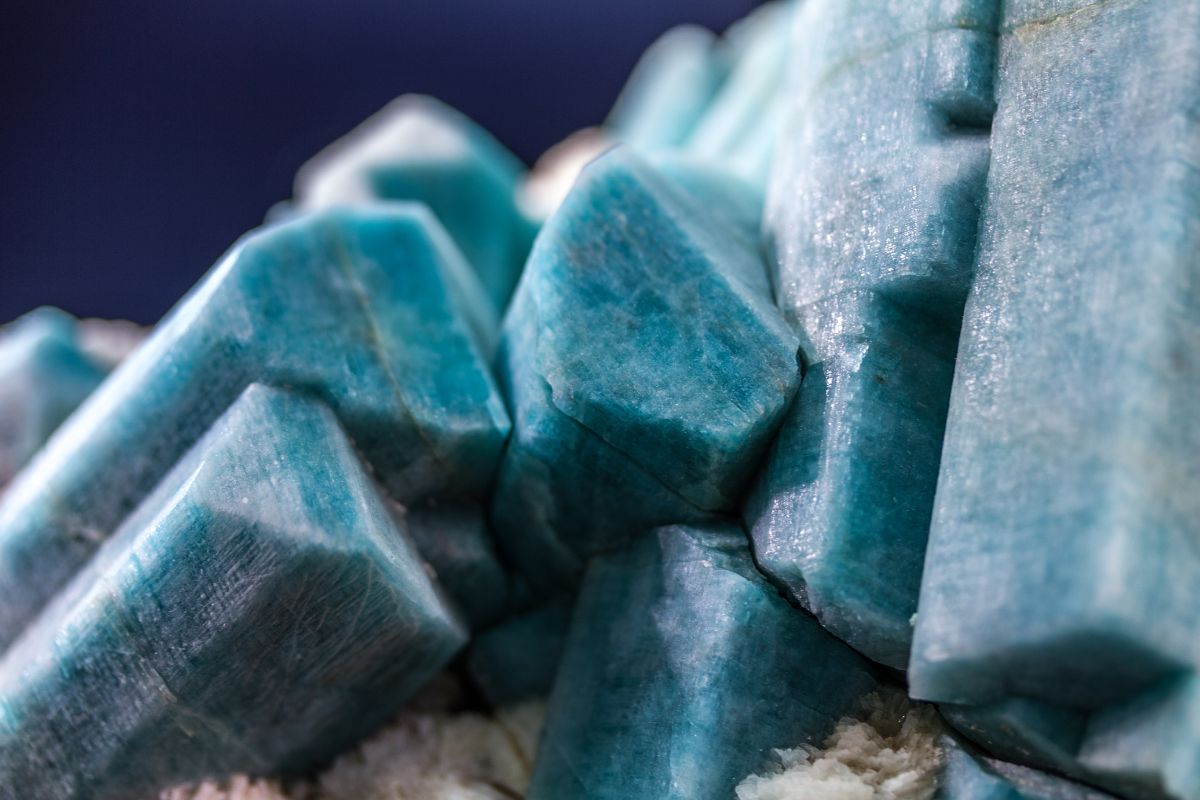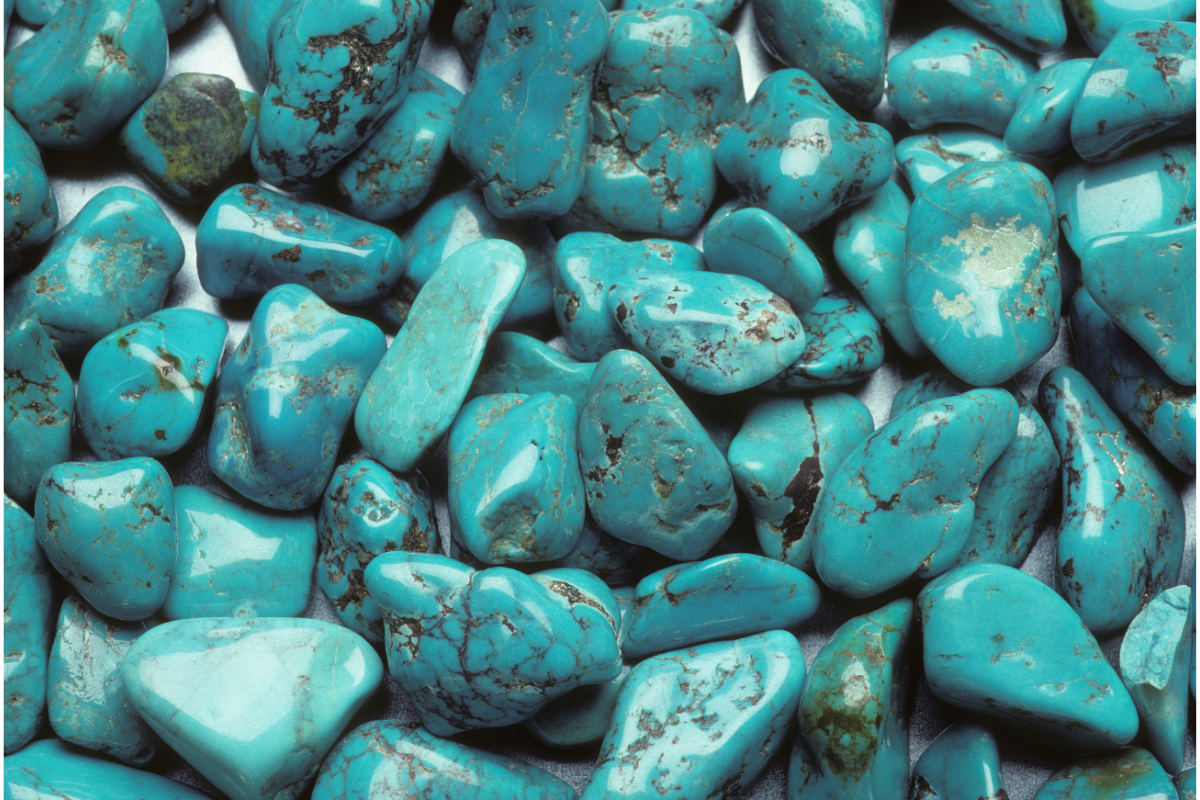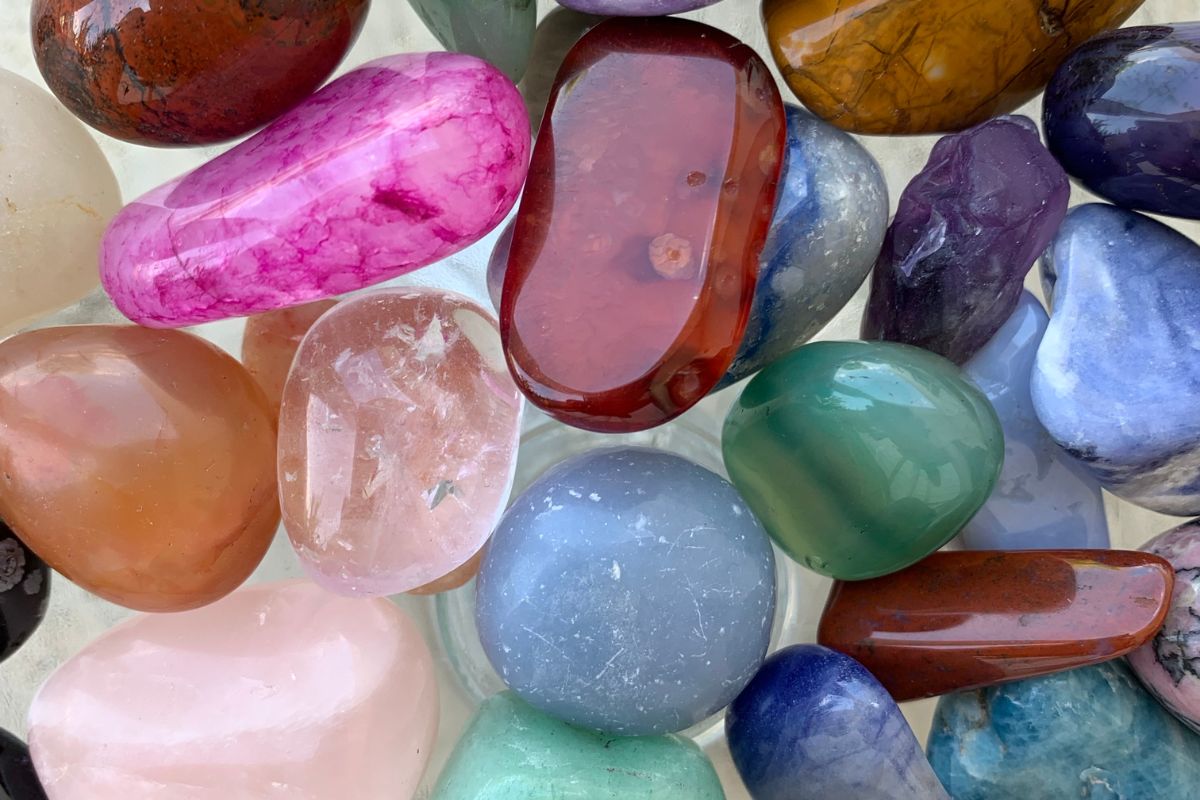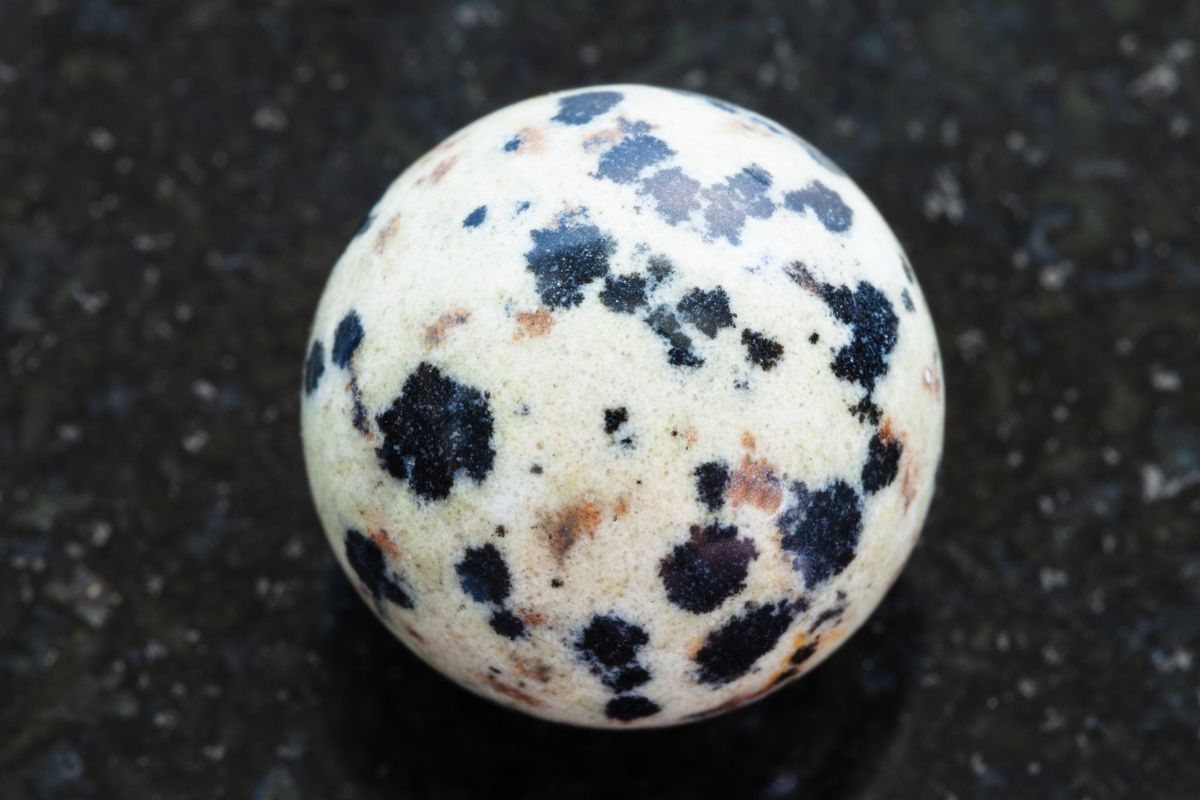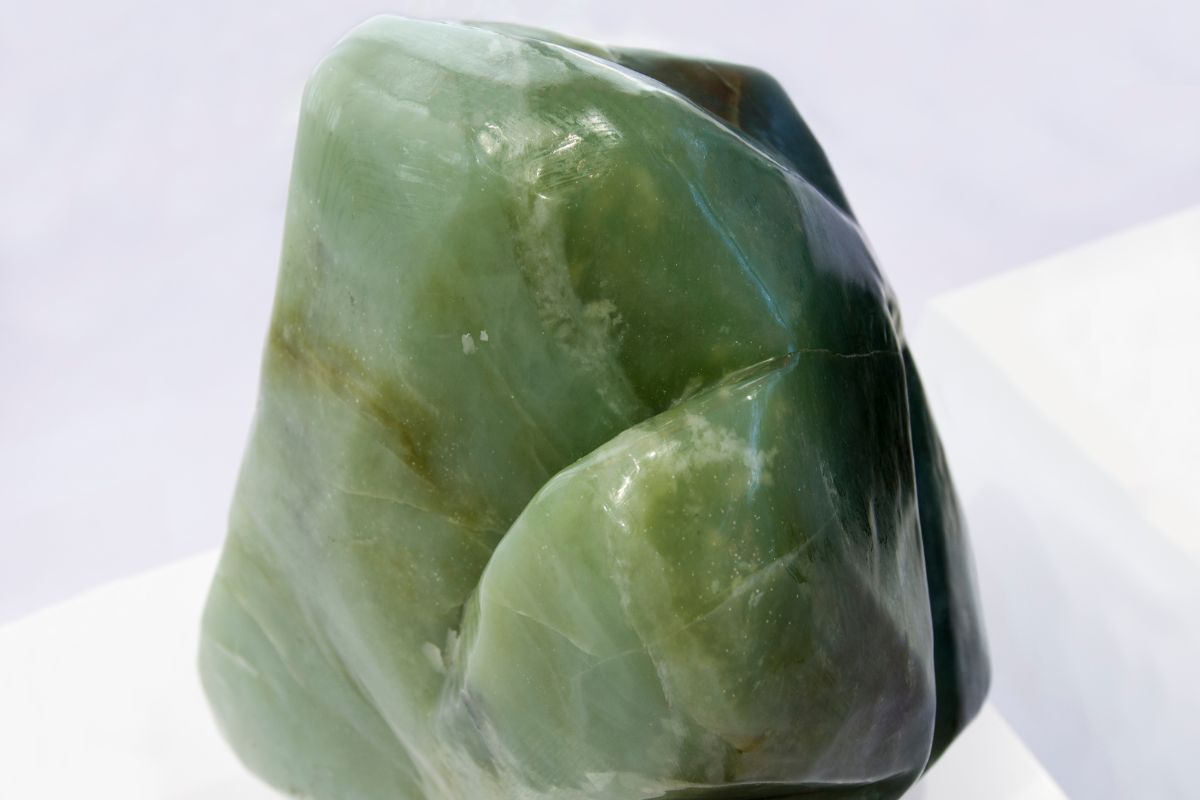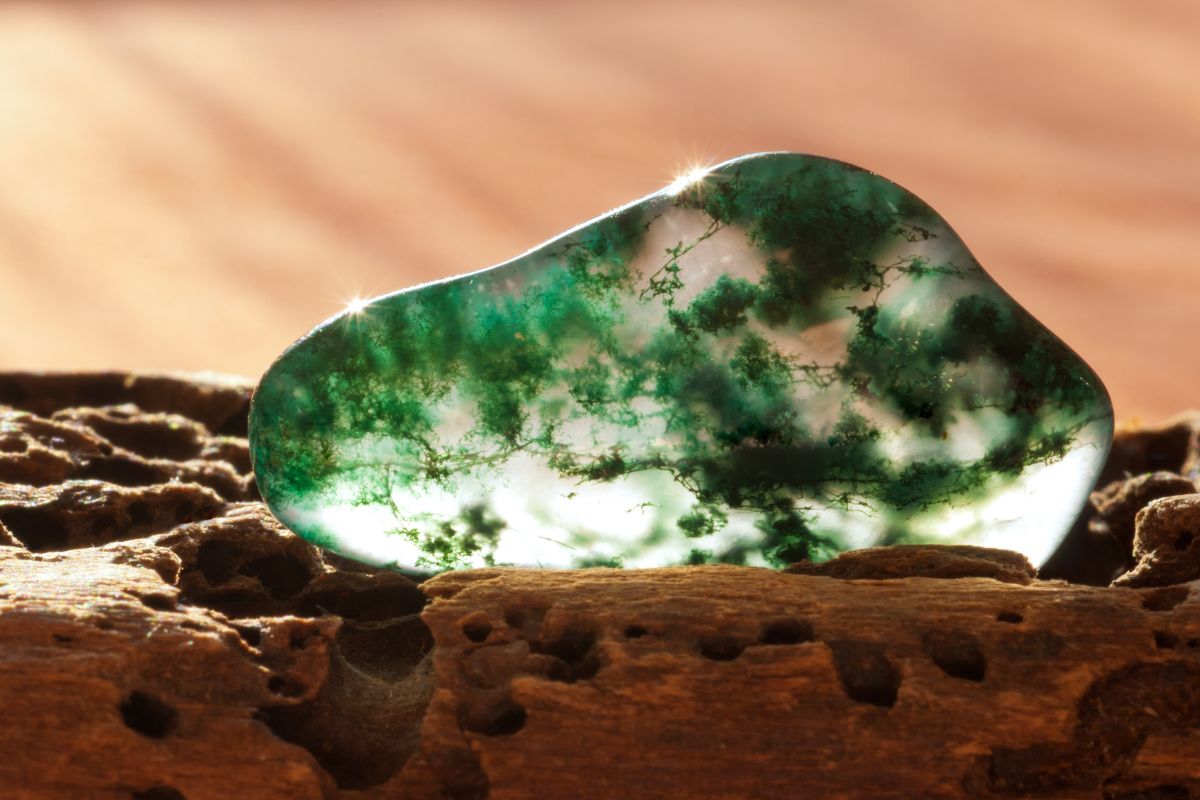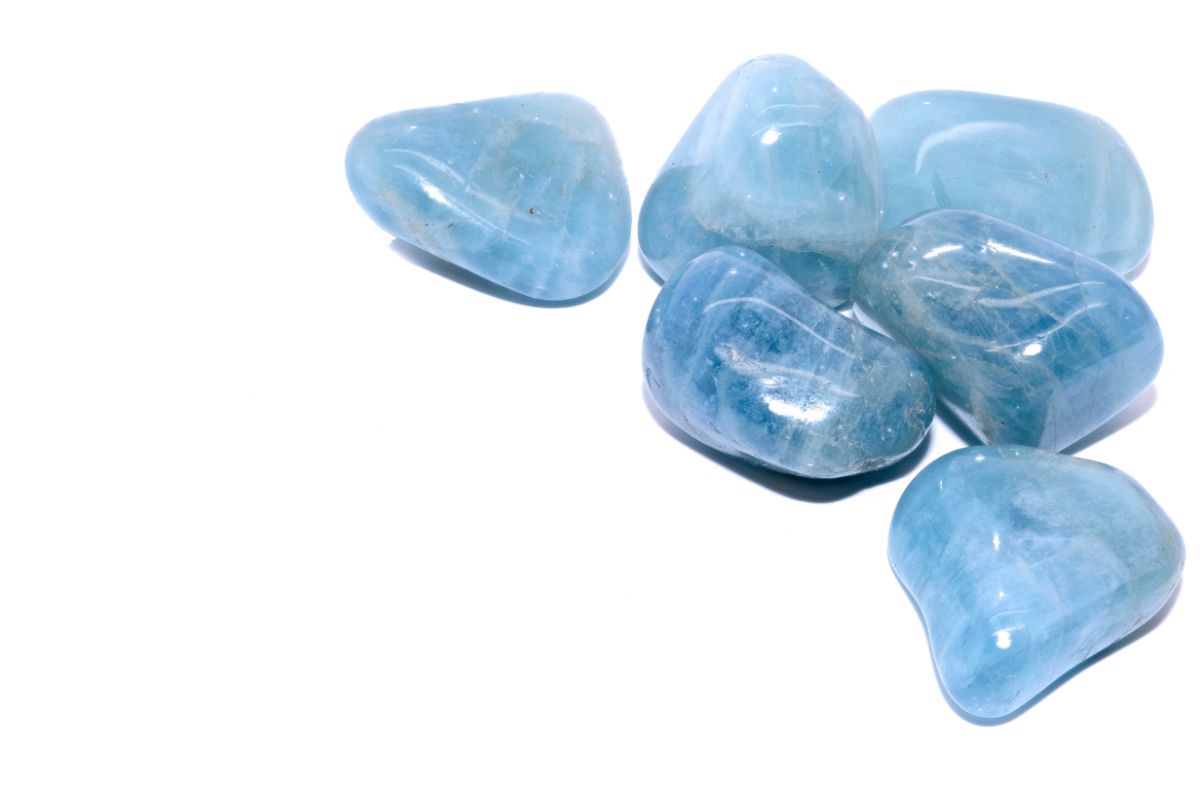Are you fascinated by the beauty and magic of gemstones? Well, you’re in for a treat because in this article, we’re going to dive deep into the world of two stunning gemstones: Lapis Lazuli and Turquoise.
These two gemstones have captivated people for centuries with their vivid colors, unique properties, and fascinating histories.
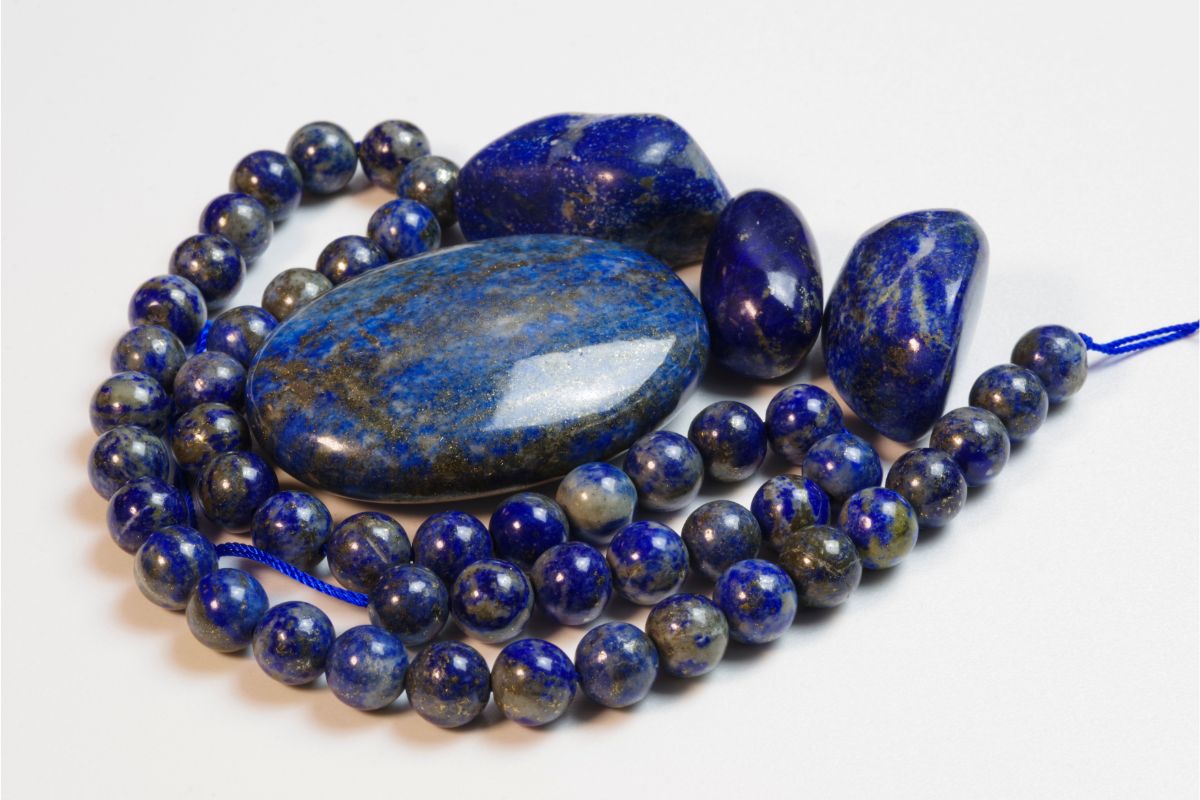
In this article, we’ll explore everything you need to know about Lapis Lazuli vs Turquoise, including their origins, properties, cultural significance, and uses in art, jewelry, and medicine. So, let’s get started!
What Is Lapis Lazuli?
Lapis Lazuli is a gemstone that has been highly valued for its blue color and golden pyrite flecks for thousands of years.
This gemstone is composed primarily of the mineral lazurite, with additional minerals such as calcite, pyrite, and sodalite.
As for its name, “lapis lazuli” has roots in the Latin word for “stone” (lapis) and the Persian word for “blue” (lazhuward)!
What Is Turquoise?
Turquoise is a blue-green mineral that has been used for jewelry and decorative purposes for thousands of years.
It’s a hydrated phosphate of copper and aluminum and is found in several locations around the world, while it also has a rich cultural history and has been used by many civilizations throughout time.
Lapis Lazuli Vs Turquoise: Geological Origin And Chemical Composition
Lapis Lazuli is a metamorphic rock that forms deep within the earth’s crust and it is composed primarily of the mineral lazurite, along with other minerals such as calcite, pyrite, and sodalite.
The blue color of Lapis Lazuli comes from the presence of sulfur in the lazurite mineral while its golden flecks are caused by the presence of pyrite.
Fun fact: The most prized Lapis Lazuli comes from Afghanistan, where it has been mined for over 6,000 years.
Turquoise, on the other hand, is a secondary mineral that forms in the earth’s upper crust. It is a hydrated phosphate of copper and aluminum and is formed by the weathering and oxidation of copper deposits.
The blue-green color of Turquoise comes from the presence of copper, while the black or brown veining in the stone is caused by the presence of iron.
Fun fact: Turquoise is found in several locations around the world, including the United States, China, and Iran!
Lapis Lazuli Vs Turquoise: Physical Properties
Lapis Lazuli and Turquoise not only differ in their geological origin and chemical composition but also in their physical properties.
Lapis Lazuli has a blue color with golden flecks, and it is often described as resembling a starry sky. Its surface can be polished to a high luster, and it has a vitreous to greasy luster.
It is also a relatively soft stone with a hardness of 5 to 5.5 Mohs, making it susceptible to scratching and abrasion, and its gravity ranges from 2.7 to 2.9, making it denser than Turquoise.
Turquoise, on the other hand, has a blue-green color that ranges from light to dark. Its surface can also be polished to a high luster, and it has a waxy to vitreous luster.
Moreover, it is a harder stone than Lapis Lazuli, with a hardness of 5 to 6, making it less susceptible to scratching and abrasion, and its gravity ranges from 2.6 to 2.9 which also makes it less dense.
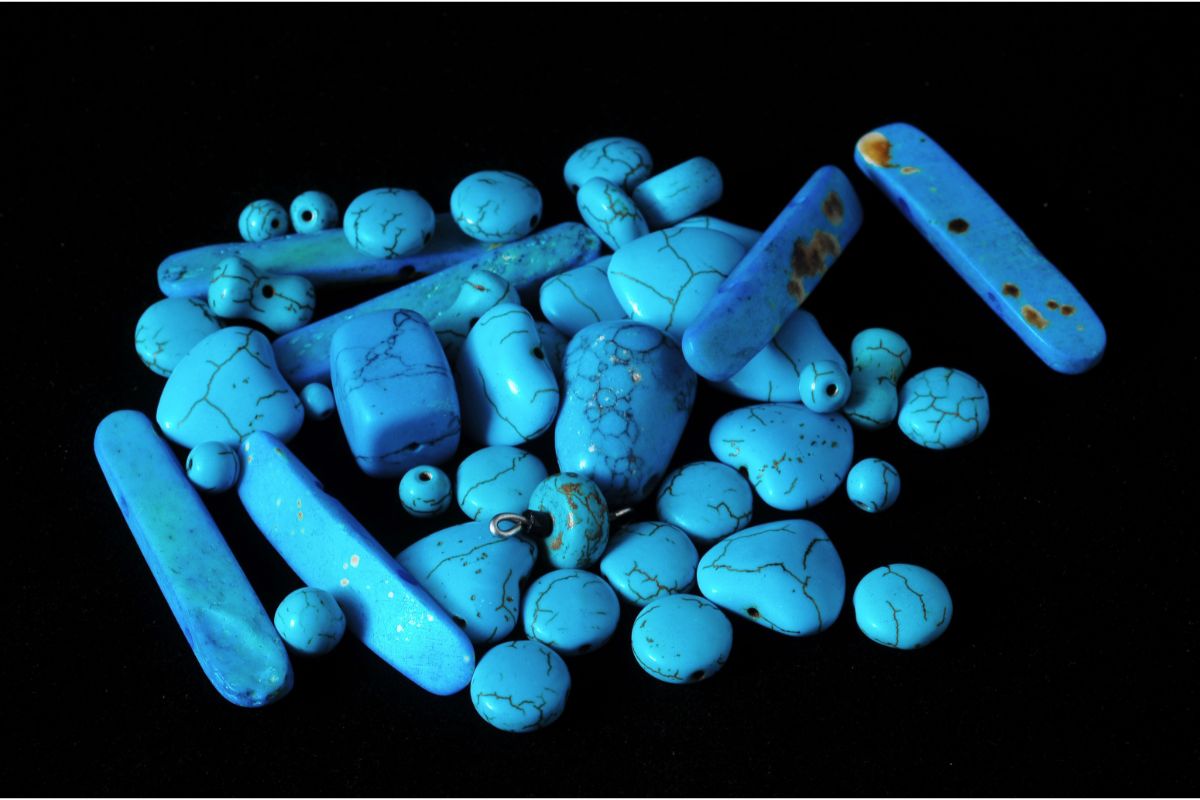
Lapis Lazuli Vs Turquoise: Historical And Cultural Significance
Lapis Lazuli and Turquoise have both played important roles in various cultures throughout history.
Lapis Lazuli has been highly prized for its vivid blue color and golden flecks since ancient times, with the first ones to use it for jewelry, amulets, and other wearable accessories being the ancient Egyptians.
The stone was also used in the funeral mask of King Tutankhamun, and it was believed to have protective and healing powers.
In medieval Europe, Lapis Lazuli also worked as a pigment in illuminated manuscripts and paintings, and it was considered a symbol of royalty and power.
Turquoise has a long history of use in various cultures, from the ancient Egyptians to the Native Americans.
The ancient Egyptians used it for jewelry, while the Native Americans considered it a sacred stone that was believed to have healing powers.
Turquoise was also used in traditional Chinese medicine to promote health and well-being. In Persia, Turquoise was considered a symbol of happiness and was often used to make jewelry and decorative objects.
Today, both Lapis Lazuli and Turquoise continue to hold cultural significance. They are still used to make jewelry and other objects, and they are believed to have metaphysical properties that promote healing and well-being.
They are also popular gemstones for collectors and enthusiasts, who appreciate their unique beauty and historical significance.
Lapis Lazuli Vs Turquoise: Uses In Art, Jewelry, And Medicine
From ancient times to the present day, Lapis Lazuli and Turquoise have been highly sought after for their unique beauty and properties, making them popular choices for various artistic, decorative, and medicinal purposes.
Art
In art, Lapis Lazuli was highly valued for its blue pigment, known as ultramarine, which was used in painting and illuminated manuscripts throughout medieval Europe.
It was also used to decorate the walls and floors of ancient Egyptian temples and tombs.
Today, Lapis Lazuli is still used in art, both as a pigment and as a decorative stone in sculptures and other art forms.
Turquoise has also been used in art for thousands of years. In Native American cultures, it was used to create intricate jewelry and other pieces of décor, while in ancient Persia, it was used to decorate buildings and other structures.
Today, Turquoise is still a popular choice for jewelry and other decorative purposes, and it is often incorporated into contemporary designs.
Jewelry
When it comes to jewelry, Lapis Lazuli and Turquoise are both highly valued for their unique colors and properties.
Lapis Lazuli is often used in necklaces, bracelets, and earrings, while Turquoise is a popular choice for rings and pendants.
Yet, both gemstones are believed to have healing properties and are used in crystal healing practices to promote physical and emotional well-being.
Medicine
In medicine, Lapis Lazuli is thought to promote spiritual growth and enhance psychic abilities, while Turquoise is believed to promote good health and protect against negative energy.
However, both gemstones are used in alternative medicine practices such as crystal healing and meditation.
The Bottom Line
Lapis Lazuli and Turquoise are two unique gemstones that have captivated people for centuries.
Whether used in art, jewelry, or medicine, these gemstones continue to be highly valued for their beauty, properties, and cultural significance.
So, next time you come across a Lapis Lazuli or Turquoise piece, take a moment to appreciate its rich history and unique beauty!
- 15 Crystals That Cannot Be Exposed To The Sun - January 7, 2024
- Malachite Vs Fuchsite – Benefits And Uses - January 7, 2024
- Malachite Vs. Green Jasper: Benefits And Uses - January 7, 2024

